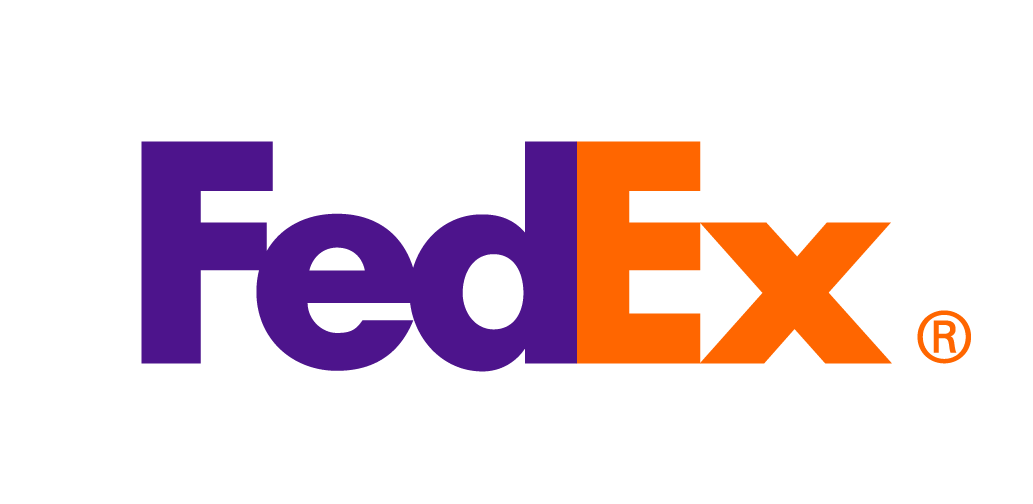
Many small business owners struggle with cash flow at some point in their business journey. And, often, cash flow issues originate from outstanding payments: One-third of merchants reported in a recent survey that delays in receiving payments were putting their business at risk of closure. Even B2C retailers can sometimes struggle to collect payments from customers who are on a payment plan, or who pay a deposit for a custom item — and neglect their final invoice.
Fortunately, there are ways to improve your chances of getting paid and lower the risk of a cash flow issue down the road. Whether you’re a freelancer, B2B business, or B2C company that offers payment plans, here are some ways you can ensure you’re paid for your work.
Make sure you have a signed agreement
Freelancers and contractors in particular should make sure there’s a signed contract in place stating the terms and conditions for payment before they start working. This contract should itemize the deliverables, set forth your payment terms, and clearly set forth some key parameters, such as how much you will be paid, the payment schedule, the method of payment, and any late fees for missed payments.
“Having a written contract allows freelance workers to set the terms on when they’ll get paid, how much they’ll get paid; and it will also protect them if they don’t get paid and they have to go to small claims court,” Rafael Espinal, Executive Director of Freelancers Union, told NerdWallet.
[Read more: Customers Not Paying? How to Improve Your Collections]
Request payment at the time of delivery
When you first start working with a new customer, set the expectation that you will be paid at the time when the product or service is delivered. Collect your payment up front to avoid the risk of delays altogether. “Giving a customer credit is a privilege, not a right,” Barry Moltz, a Small Business Expert, told NerdWallet.
Establish from the start your expectations for being paid for your work. As you build your relationship with customers, you can consider offering extended payment terms.
If you’re going to be working with a customer over a longer period, you may want to set up a retainer or deposit in advance.
Set clear invoice payment terms
Invoice payment terms are typically located on each invoice you send to a vendor or customer and include how quickly you expect to receive payment, any interest charges for late payment, and the payment methods you will accept. Invoice payment terms should match what you agreed to in your contract.
What payment terms should you use to improve your chances of getting paid? FreshBooks analysis found that companies were paid faster when they asked for payment within seven days and charged interest on unpaid invoices.
Accept multiple forms of payment
Make it easy for your clients to settle their invoices by accepting multiple forms of payment, such as cash, checks, credit and debit cards, gift cards, Apple and Google Pay, and more. Payment flexibility removes any friction a client may face in completing the transaction. Likewise, consider making it possible to accept payments over the phone, via web browser, or through your mobile device. Send digital invoices to bill your clients for recently completed services. Or set up recurring payments to get paid faster.
[Read more: Fintech Startups Update the Layaway Concept With Buy-Now-Pay-Later Payment Options]
Set up deposits and retainers
If you’re going to be working with a customer over a longer period, you may want to set up a retainer or deposit in advance. Retainers are common for lawyers, accountants, and other professional services, but they can work in other businesses, too. “This fee is used to guarantee the commitment of the service provider but does not usually represent all the fees for the entire process,” wrote the Corporate Finance Institute.
B2C businesses can use a subscription model to capture the same benefits as a service retainer. Freelancers and contractors too can also set up regular billing to improve their chances of getting paid over a certain period. Or ask for an initial deposit to make sure the client is serious about the contract and to prove they can pay for the work.
CO— aims to bring you inspiration from leading respected experts. However, before making any business decision, you should consult a professional who can advise you based on your individual situation.
CO—is committed to helping you start, run and grow your small business. Learn more about the benefits of small business membership in the U.S. Chamber of Commerce, here.










